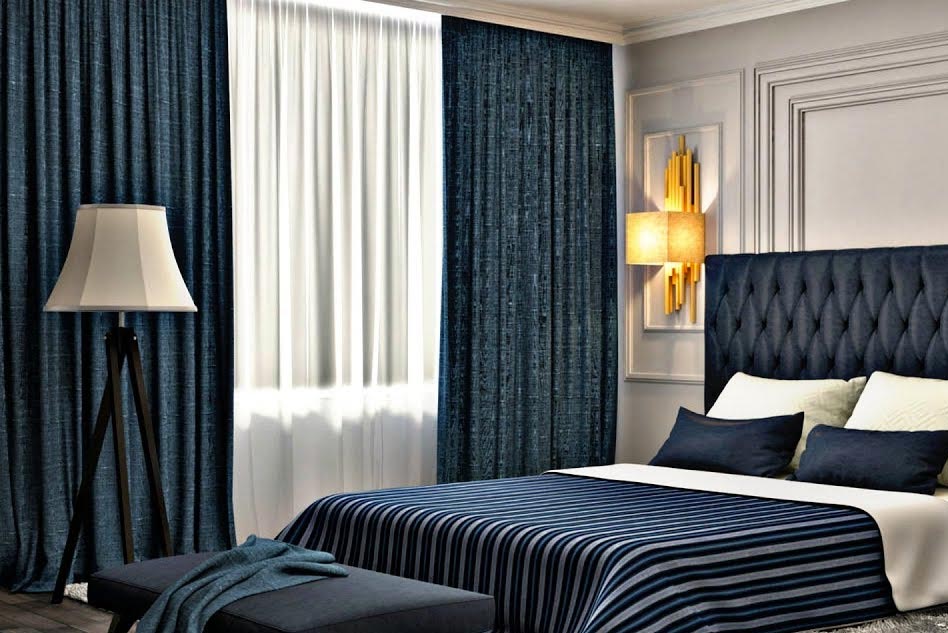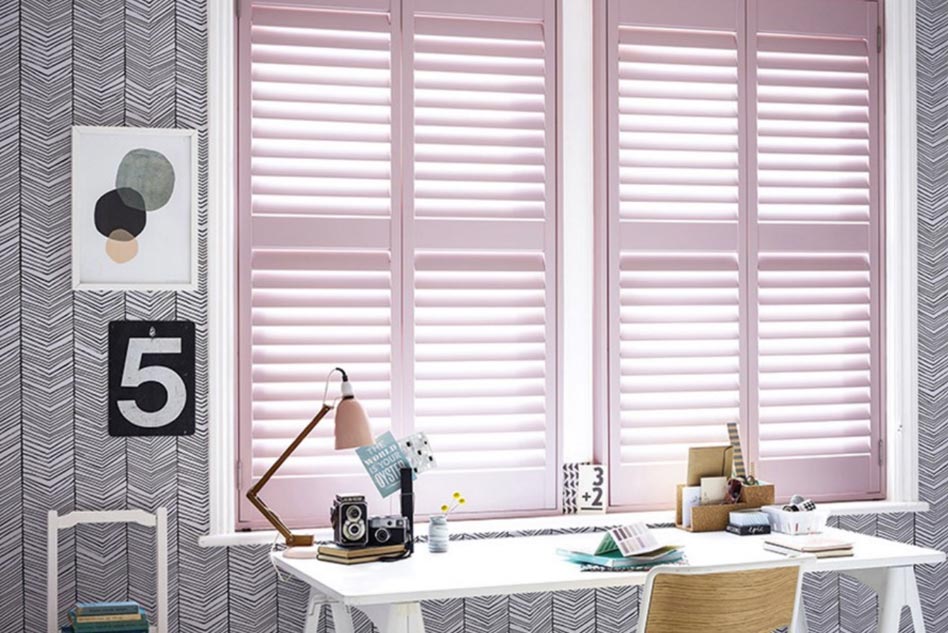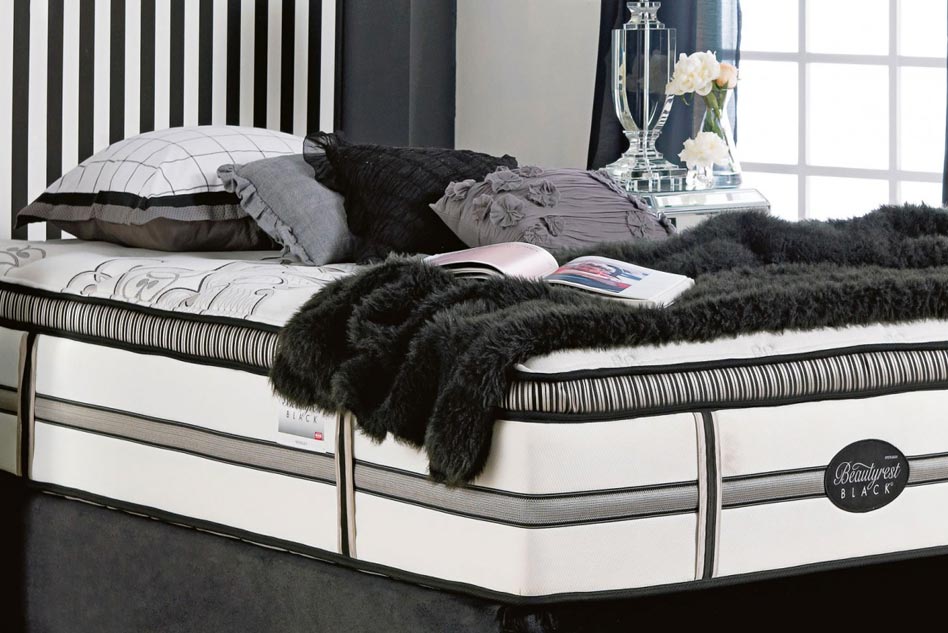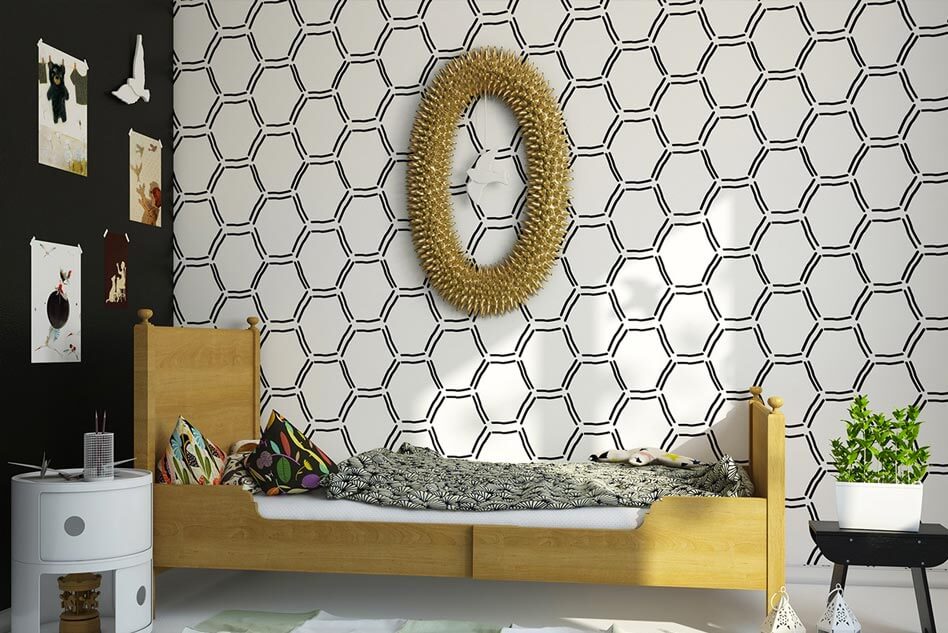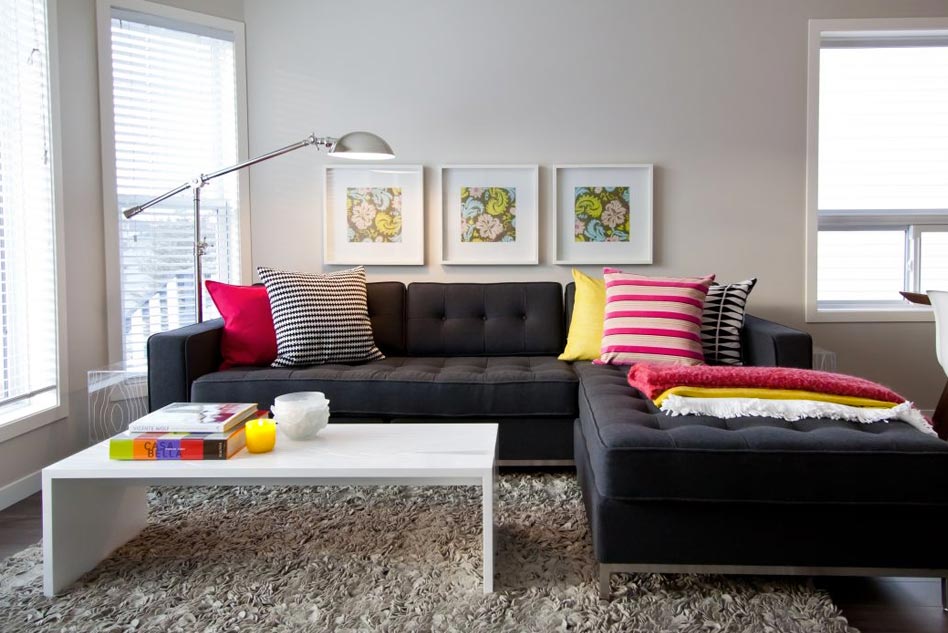Upholstery is more than just a craft; it is an art form that combines functionality with aesthetics to breathe new life into furniture. Whether you are restoring a beloved antique piece or modernizing a sofa to match your contemporary decor, upholstery allows you to infuse style and comfort into your home. In this blog, we will delve into the intricacies of upholstery, exploring its history, benefits, and how to make the best choices for your furniture transformation.
The History of Upholstery
The art of upholstery dates back to ancient times, evolving significantly over the centuries. The term “upholstery” originated in the Middle Ages, when craftsmen known as “upholders” created padded cushions and coverings for seating. Initially, upholstery was a luxury reserved for the aristocracy, showcasing intricate fabrics like silk, velvet, and brocade. By the 17th and 18th centuries, advancements in design and materials made upholstered furniture more accessible to the middle class.
Today, upholstery encompasses a wide range of styles, techniques, and materials, catering to diverse tastes and budgets. From traditional hand-tufting methods to contemporary machine-aided processes, the craft continues to thrive as an essential aspect of interior design.
Why Invest in Upholstery?
Upholstery offers several benefits, making it a worthwhile investment for homeowners and businesses alike. Here are some compelling reasons to consider upholstery for your furniture:
1. Sustainability
In an era of environmental consciousness, reupholstering furniture is a sustainable alternative to buying new pieces. By reusing existing frames, you reduce waste and minimize the demand for new resources. Upholstery extends the lifespan of furniture, making it an eco-friendly choice for conscious consumers.
2. Customization
One of the greatest advantages of upholstery is the ability to customize furniture to suit your preferences. Whether you want a bold pattern to make a statement or a neutral fabric to blend seamlessly with your decor, upholstery gives you complete control over the look and feel of your furniture.
3. Comfort
Upholstery plays a significant role in enhancing the comfort of your furniture. High-quality padding and fabrics can transform a hard, uninviting chair into a cozy retreat. With a range of cushioning options available, you can achieve the perfect balance of support and softness.
4. Sentimental Value
Many people have heirloom furniture that holds sentimental value but may look outdated or worn. Upholstery allows you to preserve these cherished pieces while giving them a fresh and modern appearance. It’s a way to honor the past while embracing the present.
5. Cost-Effectiveness
While the initial cost of upholstery might seem high, it is often more affordable than purchasing brand-new, high-quality furniture. By investing in durable fabrics and expert craftsmanship, you ensure that your reupholstered furniture lasts for years to come.
Choosing the Right Upholstery Fabric
The choice of fabric is a critical decision in the upholstery process, as it determines the durability, appearance, and comfort of the finished piece. Here are some factors to consider when selecting upholstery fabric:
1. Durability
For furniture that will see heavy use, such as sofas or dining chairs, opt for durable fabrics like microfiber, leather, or woven textiles. These materials are resistant to wear and tear, making them ideal for high-traffic areas.
2. Color and Pattern
The color and pattern of the fabric should complement your interior design. Neutral tones are versatile and timeless, while bold colors and patterns can add personality and vibrancy to a room. Consider the scale of the pattern in relation to the size of the furniture and the room to ensure visual harmony.
3. Texture
The texture of the fabric affects both the look and feel of the furniture. Smooth fabrics like velvet exude luxury, while textured materials like linen or tweed offer a more casual and cozy vibe. Choose a texture that aligns with the overall style of your space.
4. Maintenance
Different fabrics require different levels of care. For households with pets or children, opt for stain-resistant or washable fabrics to make maintenance easier. Leather is a durable and easy-to-clean option, but it may require occasional conditioning to maintain its suppleness.
5. Budget
Fabrics vary widely in price, so it’s important to choose a material that fits within your budget. While premium fabrics like silk or velvet can be costly, there are many affordable alternatives that offer style and durability.
The Upholstery Process
Understanding the upholstery process can help you appreciate the craftsmanship involved and make informed decisions about your furniture transformation. Here’s a step-by-step overview of what goes into upholstering a piece of furniture:
1. Assessment
The first step is to assess the furniture’s frame, padding, and fabric to determine its condition and suitability for reupholstery. A sturdy frame is essential, as it forms the foundation of the piece.
2. Removal of Old Fabric
The existing fabric is carefully removed to expose the frame and padding. This step requires precision to avoid damaging the structure of the furniture.
3. Frame Repairs
If the frame shows signs of wear or damage, repairs are made to ensure stability and longevity. This may involve reinforcing joints, replacing broken springs, or sanding and refinishing wooden elements.
4. Padding Replacement
Worn or flattened padding is replaced with fresh materials, such as foam, batting, or down, to restore comfort and shape. The choice of padding depends on the desired level of support and cushioning.
5. Fabric Cutting and Application
The chosen fabric is measured, cut, and meticulously applied to the furniture. This step requires skill and attention to detail to achieve a smooth, wrinkle-free finish. Techniques like tufting or pleating may be used to enhance the design.
6. Final Touches
The final step involves adding decorative elements like trim, buttons, or nailhead accents. These details elevate the overall appearance of the piece and reflect the owner’s personal style.
Popular Upholstery Trends
The world of upholstery is constantly evolving, with new trends emerging to suit changing tastes and lifestyles. Here are some popular upholstery trends to inspire your next furniture makeover:
1. Bold Colors and Patterns
From jewel tones to geometric prints, bold fabrics are making a statement in modern interiors. These eye-catching designs add personality and drama to any space.
2. Sustainable Materials
Eco-friendly fabrics made from recycled or organic materials are gaining popularity. Bamboo, hemp, and recycled polyester are excellent choices for those who value sustainability.
3. Velvet Revival
Velvet has made a comeback as a luxurious and versatile fabric that works well in both traditional and contemporary settings. Its soft texture and rich colors create a sense of opulence.
4. Mixed Textures
Combining different textures, such as leather and fabric or smooth and textured materials, adds depth and interest to upholstered pieces. This trend allows for creative expression and unique designs.
5. Neutral Palettes
While bold colors are on-trend, neutral palettes remain a timeless choice. Shades like beige, gray, and taupe offer versatility and elegance, providing a perfect backdrop for accent pieces.
DIY Upholstery vs. Professional Services
If you’re considering reupholstering furniture, you may wonder whether to tackle the project yourself or hire a professional. Here’s a comparison of the two options:
DIY Upholstery
- Pros: Cost-effective, rewarding, and allows for creative freedom.
- Cons: Requires tools, skills, and time. Mistakes can be costly and difficult to fix.
Professional Upholstery
- Pros: Ensures high-quality results, access to expert advice, and the use of advanced techniques.
- Cons: Can be more expensive than DIY projects.
For intricate or valuable pieces, professional upholstery is often the better choice. However, for simple projects or those with a limited budget, DIY upholstery can be a fulfilling endeavor.
Conclusion
Upholstery is a powerful tool for transforming furniture, allowing you to combine style, comfort, and sustainability in your living space. Whether you’re breathing new life into an heirloom piece or creating a custom design from scratch, the art of upholstery offers endless possibilities for personalization and creativity.
By understanding the benefits, materials, and processes involved, you can make informed decisions that enhance the beauty and functionality of your furniture. Whether you opt for bold trends or timeless classics, upholstery empowers you to craft a home that reflects your unique taste and lifestyle. Embrace the art of upholstery and experience the joy of transforming furniture into works of art.


